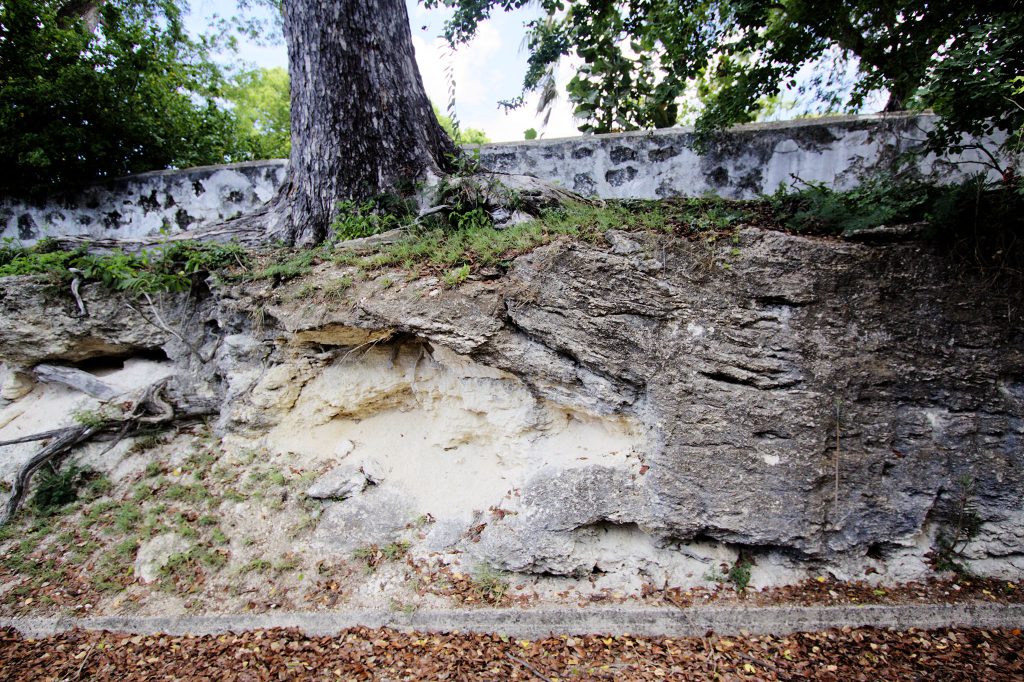Lime, also known as quicklime, unslaked lime, burnt lime, or lump lime, played a vital role in the sugar industry on St. Croix. Let’s delve into the nature of lime and its significance in this particular context.
Quicklime, scientifically known as calcium oxide (CaO), is a hazardous substance that poses risks such as severe skin and eye irritation, respiratory problems, and chemical burns. It reacts violently with water, releasing heat and creating a potential for explosions. The production of quicklime involves heating limestone (CaCO3) in a kiln. The historical background of lime kilns traces back to the Romans, with the earliest evidence of lime burning in Britain dating to the Roman period (AD 43-410).
Due to its highly alkaline nature, quicklime can cause chemical burns on the skin and mucous membranes. Handling quicklime can generate fine dust particles, leading to lung irritation and respiratory issues. Quicklime finds applications in various industrial and chemical sectors. In the sugar industry on St. Croix, it was predominantly utilized for cement production and neutralizing slightly acidic cane juice.
Hydrated or slaked lime is produced by adding water to quicklime, resulting in the formation of calcium hydroxide (Ca(OH)2), which is safer for neutralizing cane juice.
The manufacturing process of quicklime typically involves heating limestone or coral in a lime kiln at high temperatures. The limestone decomposes, releasing carbon dioxide and leaving behind calcium oxide. The quicklime is then cooled and processed for its diverse applications. Quicklime is a reactive substance that demands careful handling due to its corrosive nature, in contrast to Portland cement, which is a stable material that is relatively easier to manage and use.
Manufacture of quicklime needs these four items
Calcium carbonate.
While exploring St. Croix, you will come across abundant coral washed up on beaches or incorporated into the walls of buildings, typically made of limestone. Additionally, in locations like the intersection of East Airport Road and Melvyn Evans Highway, you may observe the excavation of a yellowish stone known as Caliche (“kuh-LEE-chee”).
Caliche is a sedimentary rock commonly found in arid regions, formed by the gradual accumulation of calcium carbonate and other minerals in the soil over an extended period. This versatile material is often utilized in construction and serves as a source of lime.
In St. Croix, the Caliche present is predominantly composed of sea floor coral debris that was deposited, uplifted, and exposed over time. An example is the Kingshill Marl, deposited during the Oligocene to early Miocene period in a shallow fault that traversed northeast across the island.
A lime kiln.
St. Croix is home to numerous existing lime kilns. At St. George’s Botanical Gardens, there is an open-faced kiln example. Estate Clifton Hill boasts an excellent enclosed lime kiln, showcased here. The process involved loading the kiln with alternating layers of fuel and calcium carbonate. Once loading was finished, the kiln was ignited at the bottom, and the fire gradually ascended through the chamber, burning limestone and fuel in sequence. After completion, the quicklime that had descended through the grate was allowed to cool before being raked out through the base. The fine ash and larger waste were then discarded.
Heat.
On the Sugar Manufacturing page, it is explained that bagasse is a byproduct of cane crushing. Bagasse is the fibrous residue left behind after sugarcane stalks are crushed. This residue serves as a biofuel that can be utilized to fuel the fires under the factory boiling pans and as a fuel for heating the lime kiln.
A storage container.
The cooper is a skilled craftsman specializing in the making and repair of wooden casks and barrels, with the trade of coopering tracing back to ancient times. These wooden containers played a crucial role on estates, as depicted in historical paintings, being both liquidtight and utilized for storage and transportation purposes.
An intriguing observation is the hygroscopic nature of Portland cement, evident when left in a damp environment, forming a solid “brick.” Initiating a lime kiln is a labor-intensive and time-consuming process, often resulting in an excess of quicklime. To store this surplus, casks or barrels were used. However, similar to modern waterproof cement bags, quicklime’s strong affinity for water necessitates additional measures to waterproof the container.
Historical practices reveal an innovative solution involving molasses, a sticky and water-repellent byproduct of sugar manufacturing. The interior of the container would be coated with molasses before adding quicklime and sealing the lid with molasses. This technique, possibly discovered by crucian builders inadvertently or intentionally, as indicated by a plaque near St. Georges lime kiln, involved mixing quicklime with a small percentage of molasses (0.5% to 1%). This mixture creates a form of hydraulic cement that sets slower, harder, and is resistant to wet environments, as demonstrated by the Rust-op-Twist water windmill in a related photo.


